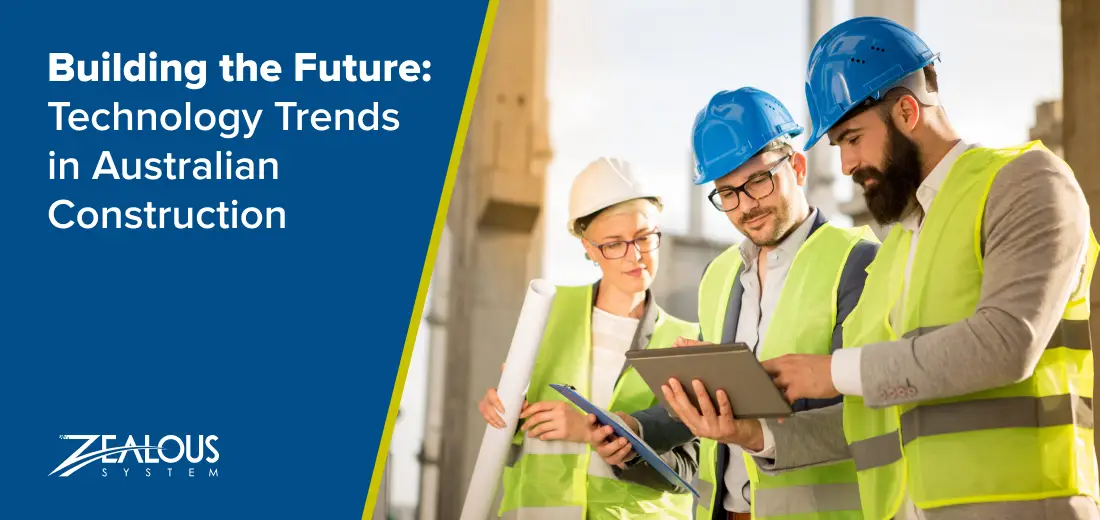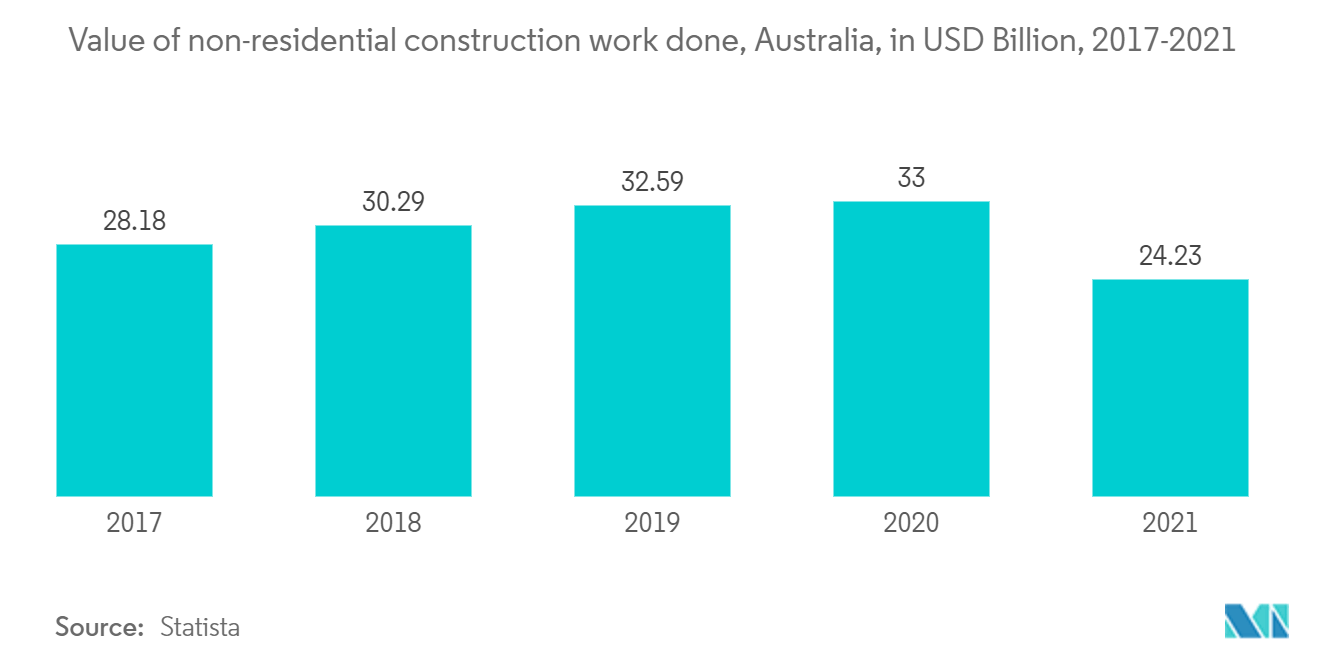
- Company
- Services
- UI/UX Design Services
- Microsoft Dynamics 365
- Mobile App Development
- AI Software Development
- Web App Development
- Generative AI Development
- Digital Product Development
- Enterprise Mobility
- SaaS Application Development
- Application Integration
- White-label WP Maintenance
- ERP Software Solutions
- Software Testing
- Offshore Development Center
- Let’s Connect
- Trending
- Technology
- Industry
- Build Your Team
- Our Work
- Company
- Services
- UI/UX Design Services
- Microsoft Dynamics 365
- Mobile App Development
- AI Software Development
- Web App Development
- Generative AI Development
- Digital Product Development
- Enterprise Mobility
- SaaS Application Development
- Application Integration
- White-label WP Maintenance
- ERP Software Solutions
- Software Testing
- Offshore Development Center
- Let’s Connect
- Trending
- Technology
- Industry
- Build Your Team
- Our Work
We use cookies and similar technologies that are necessary to operate the website. Additional cookies are used to perform analysis of website usage. please read our Privacy Policy
Technology Trends in the Australian Construction Industry

In recent years, the Australian construction scene has seen a fantastic makeover, all thanks to cutting-edge technology. Whether it’s soaring skyscrapers in busy cities or building projects in far-flung places, tech has become the key to innovation and progress. In this blog, we’re diving into the thrilling world of tech trends in Aussie construction.
We’ll shine a light on how digital advancements are changing the game in building design, construction, and maintenance. We’ll chat about things like Building Information Modeling (BIM) and drones for site checks, and even how augmented reality is making project planning a breeze.
This industry is on a dynamic journey to boost efficiency, sustainability, and safety. So, come along with us as we explore the tech-driven revolution that’s pushing the Australian construction industry into a whole new world of possibilities!
Construction is the largest industry in the world with over 13% of the global GDP, it is also one of the slowest growing. As per Statista, employment in this industry rose to around 1.18 million people in 2022, having witnessed a decline in employee numbers in 2020 and 2021.
Stats and Report on Construction industry in Australia
The Australian Industry and Skills Committee states that although employment declined in 2020 and 2021, projections indicate that it will reach 1,263,900 by 2025.
The Australian construction industry has been experiencing a remarkable resurgence in recent years, with a surge in infrastructure projects and residential developments across the country. According to the latest statistics, the industry contributed a whopping $360 billion to the Australian economy in 2022, showcasing its significant economic impact.
This surge can largely be attributed to government investments in infrastructure development, which have not only boosted the industry but also created numerous job opportunities.
One of the standout trends in the Australian construction industry has been the growing emphasis on sustainable and eco-friendly construction practices. In response to climate change concerns, many construction companies are adopting green building principles, such as energy-efficient designs and the use of renewable materials. This not only aligns with global sustainability goals but also sets a precedent for future construction projects in the country.
In terms of regional distribution, New South Wales and Victoria continue to be the powerhouses of construction activities, driven by their major urban centers, Sydney and Melbourne. However, other states are not far behind, with Western Australia and Queensland also experiencing significant construction growth due to resource projects and population expansion.
While the industry has seen substantial growth, it has not been without challenges. Rising construction costs, supply chain disruptions, and a skilled labor shortage have posed hurdles for many projects. Additionally, the impact of the COVID-19 pandemic has been felt in various ways, from disruptions in the supply chain to changes in work arrangements and safety protocols.
Operational Challenges Faced By Construction Industry
Labor Shortages
Finding skilled labor in the construction industry is an ongoing struggle. The demand for experienced workers often outpaces the supply, leading to increased labor costs and potential delays. Attracting and retaining talent becomes paramount to meet project deadlines effectively.
Supply Chain Disruptions
The construction industry relies heavily on a complex supply chain for materials and equipment. Disruptions in this chain due to factors like global events, transportation issues, or material shortages can lead to project delays and increased costs. Managing these uncertainties requires adaptability and strong supplier relationships.
Regulatory Compliance
Construction projects are subject to an array of local, state, and federal regulations, which can vary significantly from one jurisdiction to another. Staying compliant with these regulations is crucial to avoid fines and delays. Navigating this regulatory maze demands meticulous planning and thorough documentation.
Safety Concerns
Safety is a top priority in the construction industry, but it presents a constant challenge. Maintaining a safe working environment amidst the myriad of hazards on construction sites requires continuous training, vigilant supervision, and strict adherence to safety protocols.
Technology Integration
The construction industry has been slow to adopt technological advancements compared to other sectors. Integrating modern technologies like Building Information Modeling (BIM), drones, and project management software can be challenging but is essential for enhancing efficiency and productivity.
Environmental Sustainability
Increasingly, there is a focus on sustainability in construction projects. Meeting stringent environmental standards while keeping costs in check can be a tough balancing act. Construction companies must invest in eco-friendly practices and materials to remain competitive.
Project Management Complexity
Large construction projects often involve numerous stakeholders, intricate schedules, and tight budgets. Managing these complexities requires exceptional project management skills, from initial planning to the final handover. Effective communication and collaboration among teams are vital to overcoming this challenge.
Technology Trends in the Australian Construction Industry
1. Cloud-Based Construction Software:
Cloud-based construction software has transformed the way construction projects are managed. It enables real-time collaboration and data sharing among all stakeholders, including architects, engineers, contractors, and project managers. The advantages include:
Accessibility: Teams can access project data, plans, and documents from any device with an internet connection. This accessibility ensures that everyone is working with the most up-to-date information, reducing the risk of errors and misunderstandings.
Collaboration: Cloud-based platforms facilitate collaboration by allowing multiple users to work on the same document simultaneously. This not only enhances productivity but also promotes better communication and coordination.
Data Security: Many cloud providers prioritize security, making it easier to protect sensitive project information. Data is typically backed up regularly and can be easily restored in case of a data loss incident.
2. Mobile Apps:
Mobile app development services have become indispensable tools for construction professionals on the field and in the office. They offer a wide range of functionalities, including:
Data Collection: Field workers can use mobile apps to record site data, such as progress updates, safety incidents, and material deliveries. This data is instantly available to project managers and other team members.
Project Management: Project managers can use mobile apps to monitor progress, track budgets, and communicate with team members and clients from their mobile devices, providing greater flexibility and efficiency.
Safety: Safety apps can enhance worker safety by providing real-time safety alerts, access to safety procedures, and the ability to report safety incidents immediately.
3. AR & VR in Construction:
Augmented Reality (AR) and Virtual Reality (VR) technologies are transforming construction processes in the following ways:
Design Visualization: AR and VR enable stakeholders to visualize designs in a realistic 3D environment. This aids in better design comprehension and helps in identifying potential issues before construction begins.
Safety Training: VR can simulate hazardous scenarios, allowing workers to undergo safety training in a controlled virtual environment. This enhances safety awareness and reduces on-site accidents.
Virtual Site Inspections: Instead of physically traveling to construction sites, project managers can conduct virtual inspections using AR and VR. This saves time and resources while ensuring thorough inspections.
4. AI & Machine Learning In Construction:
AI and Machine Learning are being used to make construction processes more intelligent and data-driven:
Predictive Maintenance: AI analyzes data from sensors on construction equipment to predict maintenance needs, reducing downtime and maintenance costs.
Resource Allocation: Machine learning algorithms optimize resource allocation by analyzing historical data, weather forecasts, and project schedules, ensuring that resources are used efficiently.
Risk Management: Artificial intelligence models can assess project risks by considering various factors, such as project complexity, location, and historical data, helping construction companies make informed decisions.
5. Drones:
Drones have found numerous applications in the construction industry:
Site Surveying: Drones can quickly and accurately survey construction sites, generating 3D maps and topographical data. This aids in site planning and design.
Progress Monitoring: Drones capture aerial images and videos to track construction progress. This data can be compared to project timelines, allowing for better project management.
Safety Inspections: Drones can perform safety inspections, identifying potential hazards and ensuring compliance with safety regulations.
6. 3D Printing:
3D printing is gaining traction in construction, particularly for:
Customization: It allows for the production of customized architectural elements and building components, enabling unique and innovative designs.
Reduced Waste: 3D printing can significantly reduce material waste since it creates structures layer by layer, minimizing excess material.
Speed: Some construction companies are using 3D printing for rapid construction of small- to medium-sized structures, reducing construction time.
7. IoT and Advanced Analytics:
The Internet of Things (IoT) combined with advanced analytics is making construction sites smarter:
Equipment Monitoring: IoT sensors on construction equipment collect data on performance, allowing for proactive maintenance and reducing downtime.
Worker Safety: Wearable IoT devices can monitor worker safety, providing real-time alerts in case of accidents or unsafe conditions.
Data-Driven Decision-Making: Advanced analytics processes data from IoT devices to provide insights that help project managers make data-driven decisions, optimize resource allocation, and improve project efficiency.
The future of the Australian construction industry
The Australian construction industry is undergoing a significant transformation, driven by new technologies and trends. These changes are having a positive impact on the industry, as they are leading to improved efficiency, reduced costs, and improved safety.
In the future, we can expect to see even greater adoption of new technologies in the Australian construction industry. This will lead to further improvements in productivity, efficiency, and safety. The industry will also become more sustainable and more digitally transformed.
Conclusion
The future of the Australian construction industry is bright. With the adoption of new technologies and trends, the industry is poised to become more efficient, productive, and sustainable. Businesses operating in the industry need to be prepared for these changes by investing in new technologies, upskilling their workforce, and adopting a more sustainable approach to business.
But here’s the deal: If you want to make it big in this fast-moving field, you’ve got to keep up with these innovations. At Zealous, we’re all about creating awesome software that’s perfect for construction. We know the ins and outs of both tech and construction, so we’re your go-to team to help you embrace these amazing technologies.
Don’t wait! Get in touch with Zealous today, and let’s start a journey toward more efficiency, productivity, and success in the Australian construction world.
We are here
Our team is always eager to know what you are looking for. Drop them a Hi!
Pranjal Mehta
Pranjal Mehta is the Managing Director of Zealous System, a leading software solutions provider. Having 10+ years of experience and clientele across the globe, he is always curious to stay ahead in the market by inculcating latest technologies and trends in Zealous.
Table of Contents
×


Comments